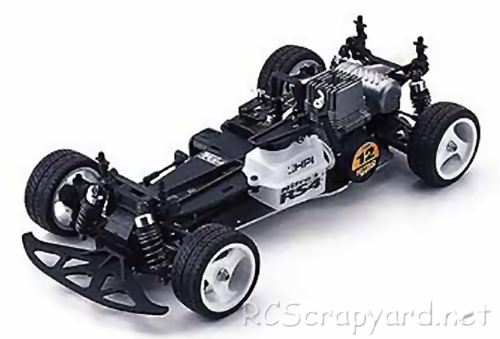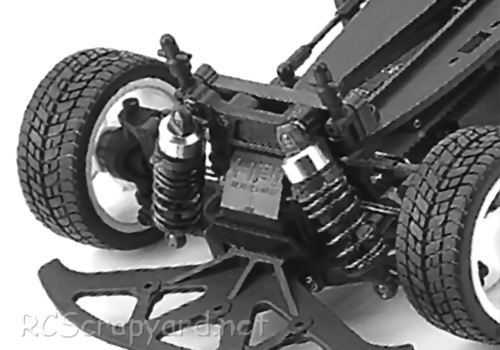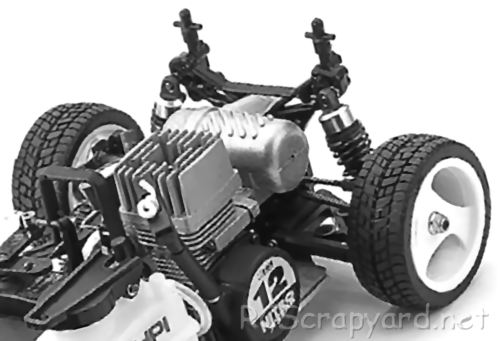

|
|
|


|
|
1/10 Scale Nitro Rally/Touring Car:
HPI Nitro RS4 - Toyota Corolla WRC - # 407 (Radio Controlled Model Review)History and Info:
Introduced by HPI (Hobby Products International) circa 1998, the Toyota Corolla WRC - # 407 - based on the Nitro RS4 Touring Car Chassis, came as an unassembled kit, with a clear lexan polycarbonate bodyshell. A number of other bodyshell options were available (Check out our HPI Archive).
▼ Scroll Down for More Images ▼
|








|
|
|

★ HPI Racing Nitro RS4 Chassis ★

★ HPI Racing Nitro RS4 Chassis ★

★ HPI Racing Nitro RS4 Chassis ★

|
Buying a Used HPI Nitro RS4
|
|
Manufacturers and Brands Catalogued and Listed by RC-Scrapyard.
At present, the RC Model Manufacturers, Brands and Distributors covered by us are: ABC Hobby, Academy, Acme Racing, Agama Racing, Amewi, Ansmann Racing, ARRMA, Team Associated, Atomic RC, Axial, AYK, Bolink, BSD Racing, Capricorn, Carisma, Carson, Caster Racing, Cen, Corally, Custom Works, Durango, Duratrax, ECX - Electrix, Exceed RC, FG Modellsport, FS-Racing, FTX, Fujimi, Gmade, GS-Racing, Harm, HBX, Helion, Heng Long, Himoto Racing, Hirobo, Hitari, Hobao, Hong-Nor, Hot Bodies, HPI, HSP, Intech, Integy, Jamara, JQ Products, Kawada, Kyosho, Losi, LRP, Maisto, Mardave, Marui, Maverick, MCD Racing, Megatech, Mugen, New Bright, Nichimo, Nikko, Nkok, Ofna, Pro-Pulse, Protech, PTI, RC4WD, Redcat Racing, RJ-Speed, Robitronic, Schumacher, Seben, Serpent, Smartech, Sportwerks, Step-Up, Tamiya, Team-C Racing, Team Magic, Thunder Tiger, Tomy, Top Racing, Traxxas, Trinity, Tyco, Vaterra RC, Venom, VRX Racing, WLToys, X-Factory, Xmods, Xpress, Xray, XTM, Yankee RC, Yokomo, ZD Racing and Zipzaps. |
|
Hints, Tips and Information
Wheel Caster Explained
Caster is basically the angle the steering kingpins or steering pivot points, leans back in relation to the horizontal when viewed from the side of the chassis. |
|
Hints, Tips and Information
Getting into RC
When I first got into racing RC, all I had was a three year old clapped out Tamiya Boomerang, a silver can stock motor, three step mechanical speed controller, two 1400Mah stick batteries and basic Acoms stick transmitter. |
|
RC Models:
|
Radio & Motors: |
Other
Accessories: |